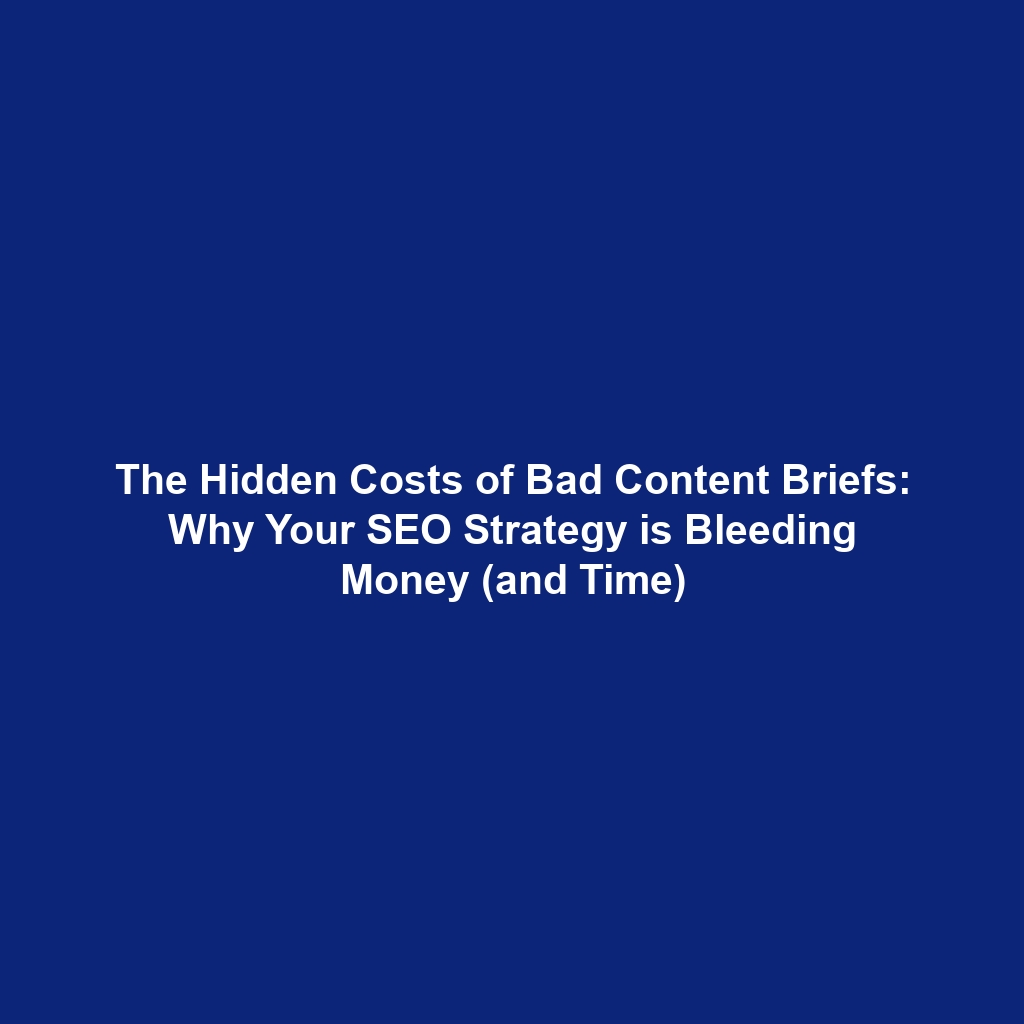In today’s rapidly evolving business landscape, relying on historical data alone to inform marketing decisions is like driving a car while only looking in the rearview mirror. To truly thrive, businesses need to anticipate what’s coming next. This is where predictive insights come into play, offering a powerful lens through which to understand customer behavior, personalize marketing campaigns, and forecast future buying trends.
Understanding the Power of Predictive Insights
Predictive insights leverage statistical techniques, machine learning algorithms, and data mining to analyze historical and real-time data, identifying patterns and predicting future outcomes. In marketing, this translates to understanding which customers are likely to churn, what products they’re most likely to buy, and how they’ll respond to specific marketing messages. The shift from reactive to proactive marketing is no longer a luxury, it’s a necessity. Businesses that embrace predictive analytics gain a significant competitive advantage, optimizing their marketing spend, improving customer satisfaction, and ultimately boosting revenue.
Key Insight: Predictive analytics isn’t about guessing; it’s about leveraging data-driven insights to make informed decisions that minimize risk and maximize opportunities.
The Evolution from Traditional Analytics to Predictive Analytics
Traditional analytics focuses on describing what *has* happened. Think reports on website traffic, sales figures, and marketing campaign performance. While valuable, this backward-looking approach provides limited insight into future trends. Predictive analytics, on the other hand, aims to forecast what *will* happen. It takes the insights from traditional analytics a step further, using them to build models that predict future customer behavior. Consider a scenario where a marketing team has always relied on quarterly sales reports to plan their promotional activities. Switching to predictive analytics would allow them to anticipate which products are likely to perform well in the next quarter based on factors like seasonality, competitor activity, and even social media trends. This proactive approach allows for more targeted and effective campaigns, rather than simply reacting to past performance.
Leveraging Predictive Analytics for Customer Understanding
At the heart of any successful marketing strategy is a deep understanding of the customer. Predictive analytics provides the tools to achieve this, offering insights into customer preferences, behaviors, and motivations that were previously hidden.
Customer Segmentation: Beyond Demographics
Traditional customer segmentation often relies on basic demographic data like age, gender, and location. While this provides a starting point, it’s often too broad to be truly effective. Predictive analytics enables segmentation based on a much richer set of variables, including:
- Behavioral data: Purchase history, website activity, app usage, email engagement.
- Psychographic data: Values, interests, lifestyle, attitudes.
- Contextual data: Device type, time of day, location.
By analyzing these variables, businesses can create much more granular and meaningful customer segments. For instance, instead of simply targeting “women aged 25-34,” a predictive model might identify a segment of “environmentally conscious millennials who frequently purchase organic products online.” This level of detail allows for highly targeted and personalized marketing campaigns that resonate with specific customer needs and preferences.
Real-World Example: A subscription box company noticed a high churn rate among new subscribers after the first three months. By using predictive analytics to segment customers based on their initial product preferences and engagement with the subscription box content, they identified a segment of subscribers who were primarily interested in a specific category of products (e.g., skincare). They then tailored future boxes and marketing messages to this segment, resulting in a significant decrease in churn and an increase in customer lifetime value.
Churn Prediction: Identifying At-Risk Customers
Customer churn is a major concern for businesses across all industries. Losing customers not only impacts revenue but also requires significant investment in acquiring new ones. Predictive analytics can help businesses identify customers who are at risk of churning before they actually leave.
By analyzing historical data on churned customers, businesses can identify the key indicators of churn, such as:
- Decreased website activity
- Reduced purchase frequency
- Negative feedback on social media
- Increased customer service requests
A predictive model can then be trained to identify current customers who exhibit similar patterns. This allows businesses to proactively reach out to at-risk customers with targeted interventions, such as personalized offers, improved customer service, or exclusive content. This proactive approach can significantly reduce churn and improve customer retention.
Practical Application: A telecommunications company used predictive analytics to identify customers who were likely to switch providers based on their usage patterns and billing history. They then offered these customers personalized discounts and upgrades, resulting in a 15% reduction in churn.
Key Insight: Proactive churn prediction allows you to move from damage control to preventative action, saving valuable customer relationships and revenue. Think of it as preventative medicine for your customer base.
Personalized Recommendations: Enhancing Customer Experience
Personalized recommendations are a powerful way to enhance the customer experience and drive sales. By analyzing customer data, businesses can identify the products or services that are most likely to appeal to individual customers. This can be implemented in various ways, such as:
- Recommending products on a website based on browsing history and past purchases.
- Sending personalized email offers based on customer preferences.
- Suggesting relevant content on social media feeds.
The key to effective personalized recommendations is to ensure that they are relevant and timely. Irrelevant recommendations can be annoying and may even damage the customer relationship. By using predictive analytics, businesses can ensure that their recommendations are tailored to the individual customer’s needs and preferences, increasing the likelihood of a positive response.
Lesson Learned: I once worked with an e-commerce client who was hesitant to implement personalized recommendations because they were worried about overwhelming customers. We started with a small pilot program, focusing on a specific product category and a limited number of customers. The results were overwhelmingly positive, with a significant increase in sales and customer satisfaction. This demonstrated the value of personalized recommendations and helped the client overcome their initial concerns.
Anticipating Future Buying Trends
Predictive analytics is not just about understanding individual customers; it can also be used to anticipate broader market trends and future buying patterns. This allows businesses to proactively adapt their marketing strategies and stay ahead of the competition.
Market Basket Analysis: Uncovering Product Relationships
Market basket analysis is a technique that identifies relationships between different products or services. By analyzing transaction data, businesses can discover which products are frequently purchased together. This information can be used to:
- Optimize product placement in stores or on websites.
- Create targeted cross-selling and upselling campaigns.
- Develop bundled product offerings.
For example, a grocery store might discover that customers who buy coffee are also likely to buy creamer and sugar. They could then place these items together in the store or offer a discount on a bundled purchase. Market basket analysis can reveal unexpected product relationships that can lead to significant revenue gains.
Demand Forecasting: Predicting Future Sales
Demand forecasting uses historical sales data, economic indicators, and other relevant factors to predict future demand for specific products or services. This allows businesses to:
- Optimize inventory levels and reduce waste.
- Plan production capacity and resource allocation.
- Set pricing strategies and promotions.
Accurate demand forecasting is crucial for managing supply chain efficiency and ensuring that businesses can meet customer demand without overstocking inventory. Machine learning algorithms can be used to build sophisticated demand forecasting models that take into account a wide range of variables and adapt to changing market conditions.
Key Insight: Demand forecasting isn’t just about knowing *how much* you’ll sell; it’s about optimizing your entire operation to meet that demand efficiently and profitably.
Sentiment Analysis: Gauging Customer Opinions
Sentiment analysis uses natural language processing (NLP) to analyze customer feedback from sources like social media, online reviews, and customer surveys. This allows businesses to gauge customer opinions about their products, services, and brand. Sentiment analysis can be used to:
- Identify areas for improvement in products or services.
- Track the effectiveness of marketing campaigns.
- Monitor brand reputation and address negative feedback.
By understanding how customers feel about their brand, businesses can proactively address concerns and improve customer satisfaction. Sentiment analysis provides valuable insights that can inform product development, marketing strategies, and customer service initiatives.
Implementing Predictive Analytics in Your Marketing Strategy
Implementing predictive analytics requires a strategic approach and a commitment to data-driven decision-making. Here are some key steps to consider:
1. Define Your Business Objectives
Start by clearly defining the specific business objectives you want to achieve with predictive analytics. Do you want to reduce churn, increase sales, improve customer satisfaction, or optimize marketing spend? Having clear objectives will help you focus your efforts and measure your success.
2. Gather and Prepare Your Data
The quality of your predictive models depends on the quality of your data. Gather data from all relevant sources, including CRM systems, website analytics, social media platforms, and customer surveys. Clean and prepare your data to ensure accuracy and consistency. This often involves handling missing values, removing outliers, and transforming data into a suitable format for analysis.
3. Choose the Right Tools and Techniques
There are many different tools and techniques available for predictive analytics. Choose the ones that are best suited for your specific business objectives and data. Consider factors such as the complexity of your data, the size of your dataset, and your budget. Options range from off-the-shelf software solutions to custom-built models using programming languages like Python or R.
4. Build and Train Your Models
Build predictive models using appropriate algorithms and techniques. Train your models using historical data and validate their accuracy using holdout data. Continuously monitor and refine your models to ensure they remain accurate and relevant.
5. Integrate Predictive Insights into Your Marketing Processes
Integrate predictive insights into your marketing processes and decision-making. Use your models to segment customers, predict churn, personalize recommendations, and forecast demand. Track the results of your initiatives and make adjustments as needed. This is an iterative process that requires continuous learning and improvement.
Key Insight: Predictive analytics is not a “set it and forget it” activity. Continuous monitoring, evaluation, and refinement are crucial for maintaining accuracy and delivering ongoing value. It’s an investment in continuous improvement.
Addressing Common Challenges and Pitfalls
Implementing predictive analytics can be challenging, and it’s important to be aware of the potential pitfalls. Some common challenges include:
- Data quality issues: Inaccurate or incomplete data can lead to unreliable predictions.
- Lack of expertise: Building and training predictive models requires specialized skills and knowledge.
- Resistance to change: Some marketers may be hesitant to adopt data-driven decision-making.
- Overfitting: Creating models that are too complex and fit the training data too closely, leading to poor performance on new data.
- Ethical considerations: Using predictive analytics responsibly and avoiding bias in your models is crucial.
To overcome these challenges, businesses should invest in data quality initiatives, hire skilled data scientists, provide training to marketers, and establish clear ethical guidelines for the use of predictive analytics.
The Future of Marketing with Predictive Insights
The future of marketing is undoubtedly data-driven, and predictive insights will play an increasingly important role. As technology advances and data becomes more readily available, businesses will be able to build even more sophisticated and accurate predictive models. This will lead to:
- More personalized and relevant customer experiences.
- More efficient and effective marketing campaigns.
- Improved customer retention and lifetime value.
- Greater agility and responsiveness to changing market conditions.
Businesses that embrace predictive analytics and invest in data-driven marketing strategies will be well-positioned to thrive in the increasingly competitive business landscape. The power to anticipate customer needs and predict future trends is no longer a futuristic fantasy; it’s a tangible reality that can transform your marketing efforts and drive sustainable growth.
Ready to take the leap and future-proof your marketing strategy? Let’s discuss how predictive analytics solutions can help you unlock the power of your data and achieve your business objectives.
References and Further Reading
This article was optimized and published by Content Hurricane.


